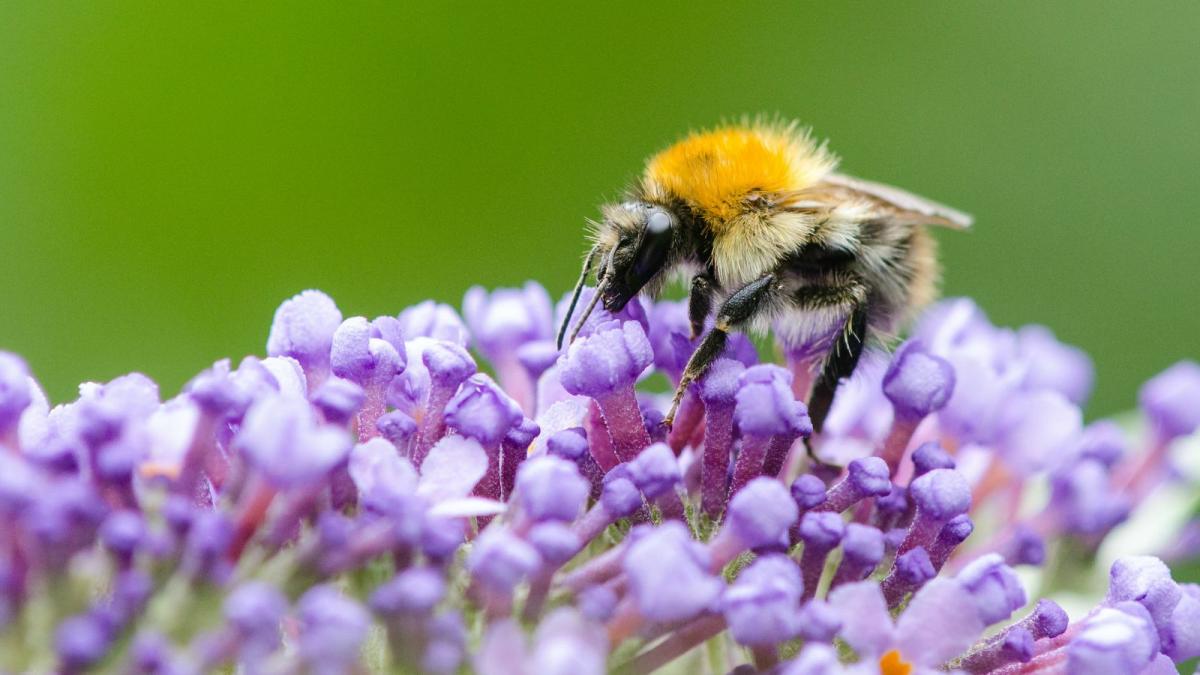This story was originally published by The Atlantic and is reproduced here as part of the Climate Desk collaboration.
If you think about iconic symbols of climate change, you’ll probably picture a polar bear, emaciated, and clinging to a precariously small chunk of ice. You’re probably not thinking of a bumblebee, flitting about an alpine meadow with a shorter-than-average tongue. And yet, according to new research from Nicole Miller-Struttmann from SUNY College at Old Westbury, these shrinking tongues speak volumes about how nature’s most intimate partnerships might change in a warming world.
In the central Rockies, there are many species of bumblebee, and some have unusually long tongues for their body size. These are adaptations to the deep tubes of certain flowers like Parry’s clover and alpine skypilot, allowing the bees to lap at nectar that smaller-tongued species can’t reach. The tubes, in turn, are adaptations to the long bee tongues, providing exclusive access to nectar in exchange for exclusive pollination services. Both partners are locked in a co-evolutionary dance, held together by beautifully fitting tongues and tubes.
Recently, all has not be... Read more
